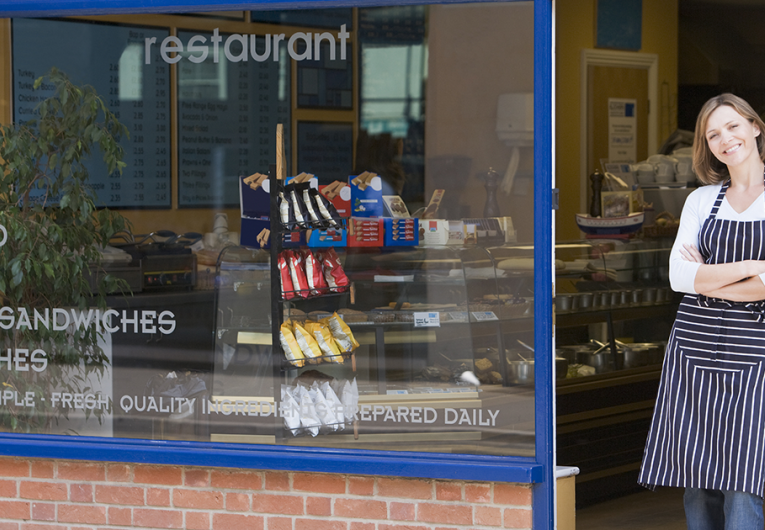
LinkedIn Content Strategy for B2B Marketing
Social media is a mainstay of modern marketing, but not all networks are created equal. LinkedIn, Facebook, Twitter, and Instagram each appeal to different individuals and organizations, and companies must be present on each medium that their potential customers use. In particular, firms that sell to other businesses need to be present on LinkedIn, which alone accounts for 80 percent of B2B conversions. A successful LinkedIn content strategy will bring in a steady stream of commercial customers, providing your company with revenues and recognition for the long haul.
How Does LinkedIn Differ from Other Media?
To use LinkedIn effectively for B2B marketing, you must first understand what sets it apart from the other social media, namely:
- Twitter - This medium is famous for setting strict limits on the length of users’ posts, or “tweets.” This makes it valuable for raising awareness of a company’s existence, products, and promotions. LinkedIn, however, is better for telling your company’s story and describing your products in detail— both valuable services for businesses that want to know whom they’re partnering with.
- Instagram - Posts on this medium take the form of pictures and videos, with short text descriptions to complement them. By contrast, LinkedIn balances text, video, and photographic content, making it easier to use all three in tandem.
- Facebook - Like LinkedIn, Facebook allows you to balance a wide range of different content types. But this medium is more focused on social rather than professional activities, making it better for appealing to individual customers rather than businesses.
Social media marketing tends to work best if you coordinate your campaigns across multiple channels. Thus, even if you rely entirely on B2B activities, you may still want to complement your LinkedIn content with posts on Facebook, Twitter, and Instagram and other forms of marketing, like newsletters, for maximal appeal.
What Makes LinkedIn Content Effective?
LinkedIn content is most successful when your company stands out from competitors. This involves:
- Creating Connections - B2B customers want to feel that you understand their unique needs and care about their success. By using LinkedIn posts to tell your story and share your concerns and ambitions, you demonstrate that you are just like them. This builds the connection necessary for an enduring professional relationship.
- Balancing Text and Images - Business customers are more likely to remember your content if it contains a mixture of text, photos, and video clips, so punctuate your written posts with visual content. In particular, include photos and clips of you and your employees, as this emphasizes the human element, helping you build connections.
- Use Direct Messages - In addition to content that is available for public viewing, you can use LinkedIn to send private messages to your contacts. These messages should be highly personalized, emphasizing what you can do to meet each business’ particular needs. Do your research – generic messages won’t perform well on LinkedIn.
- Emphasize Engagement - Whether public or private, LinkedIn content should engage with current and potential customers. Ask businesses how you can make their experiences better, and offer to discuss different options with them one-on-one. Whenever you receive questions, answer them completely and courteously.
Whether you appeal to businesses, consumers, or a mixture of both, implementing a successful LinkedIn content strategy will be key to elevating your B2B marketing.
The trends, insights, and solutions you need to grow your business.
By signing up, you’re subscribing to our monthly email newsletter, The
Wire. You may unsubscribe at any time.
Your information stays safe with us. Learn more about our privacy
policy.











![[#MSP_NAME#] Logo](/themes/sparklight_business/images/transition-logos/migration-banner-logo-[#MSP_CD#].png)
